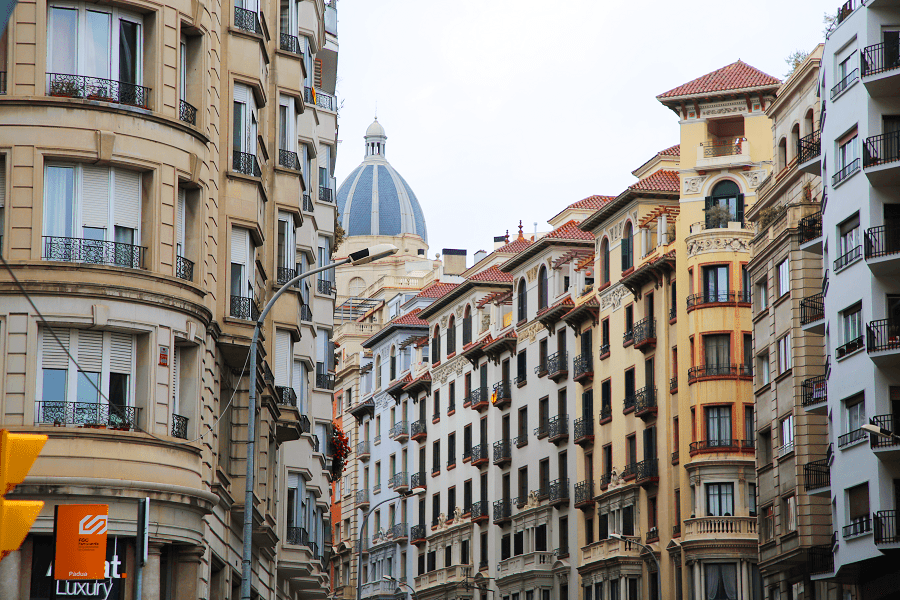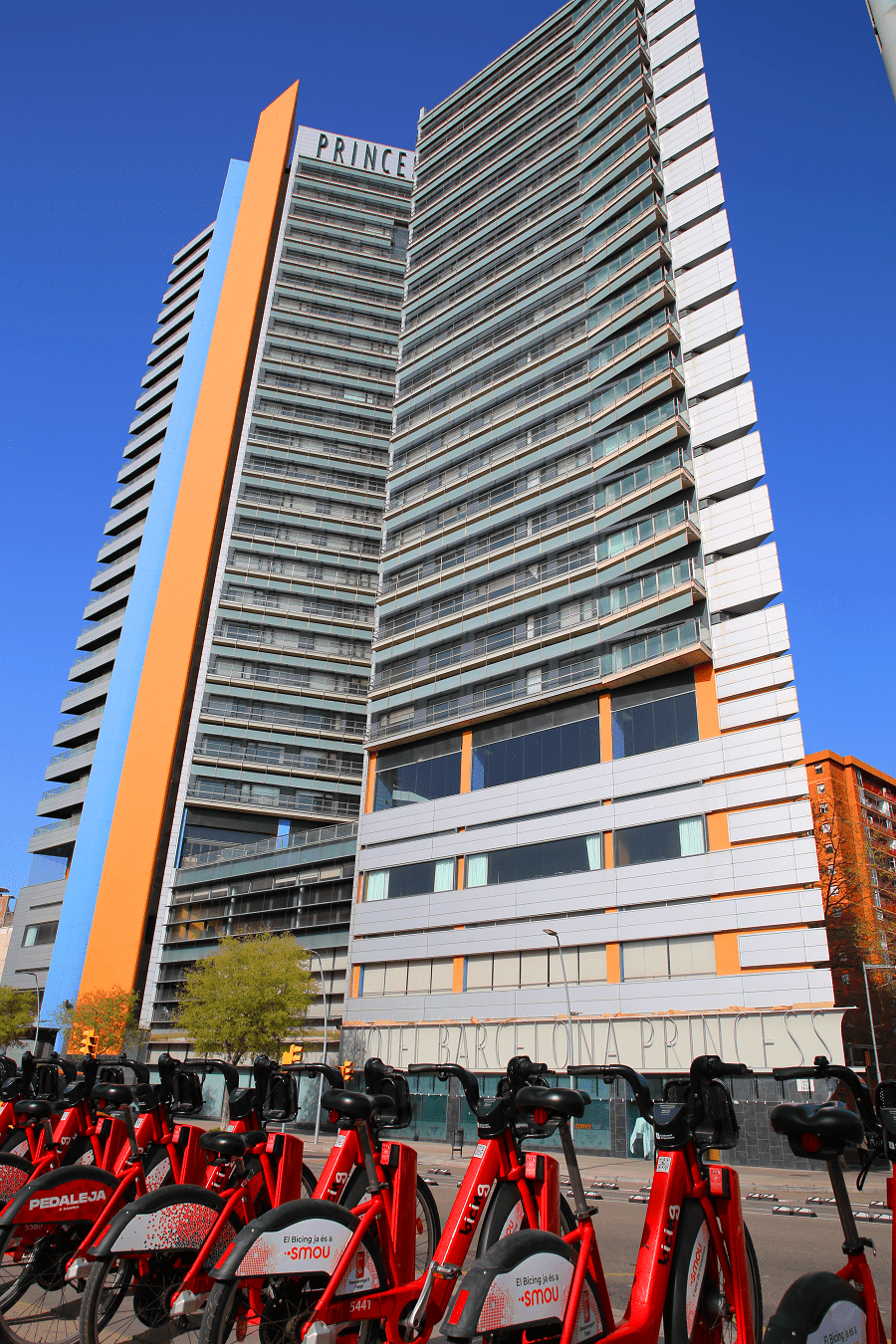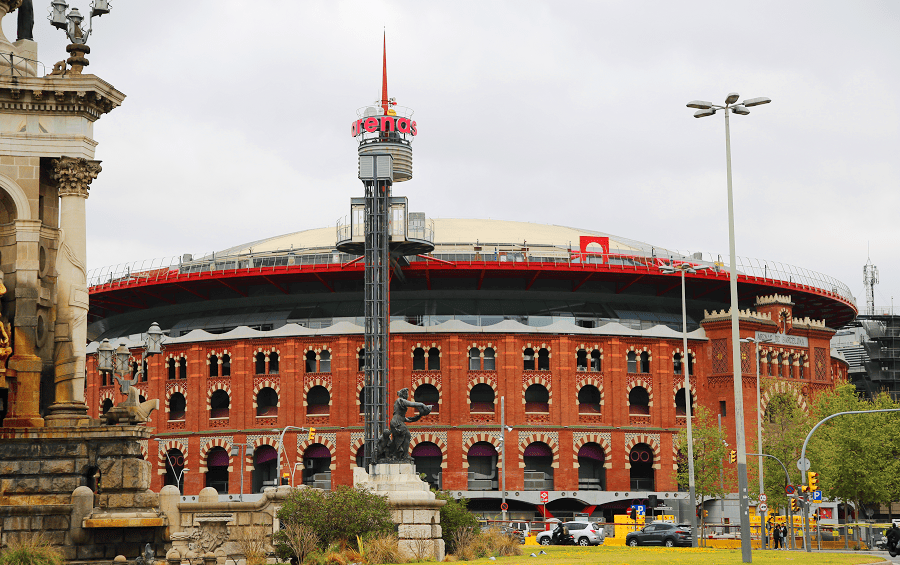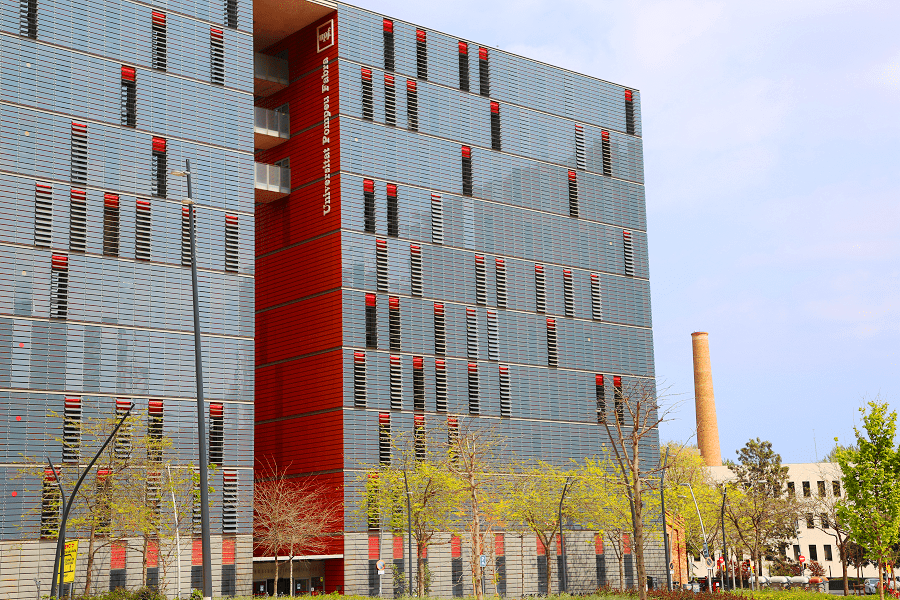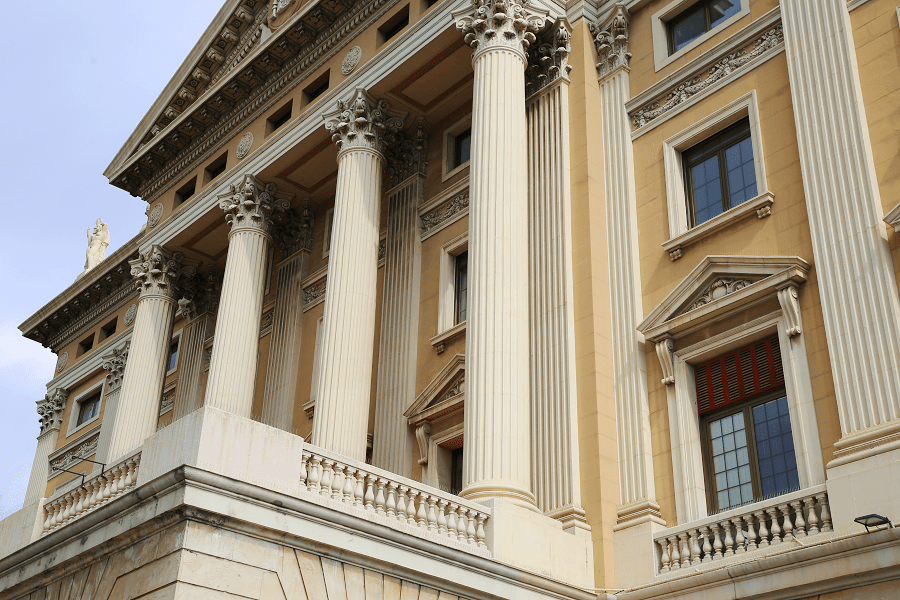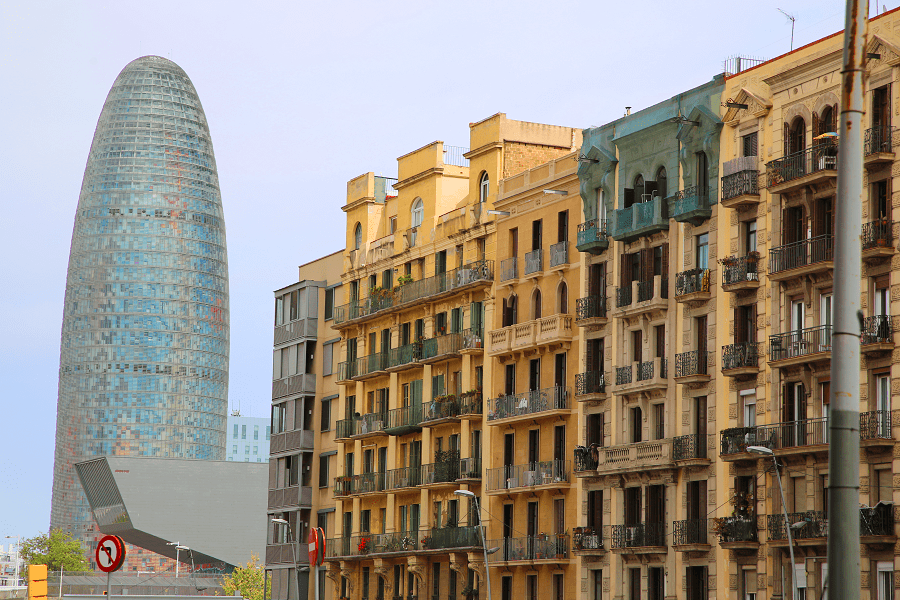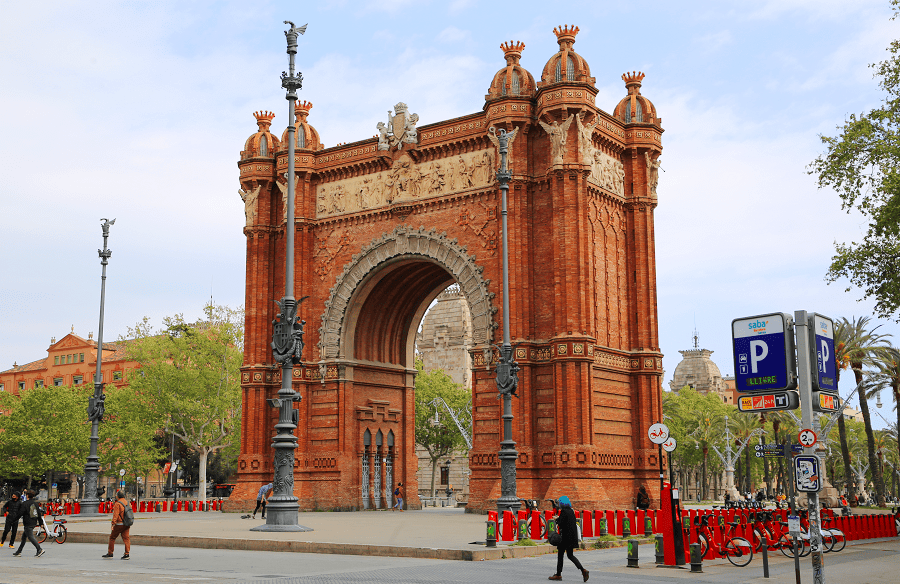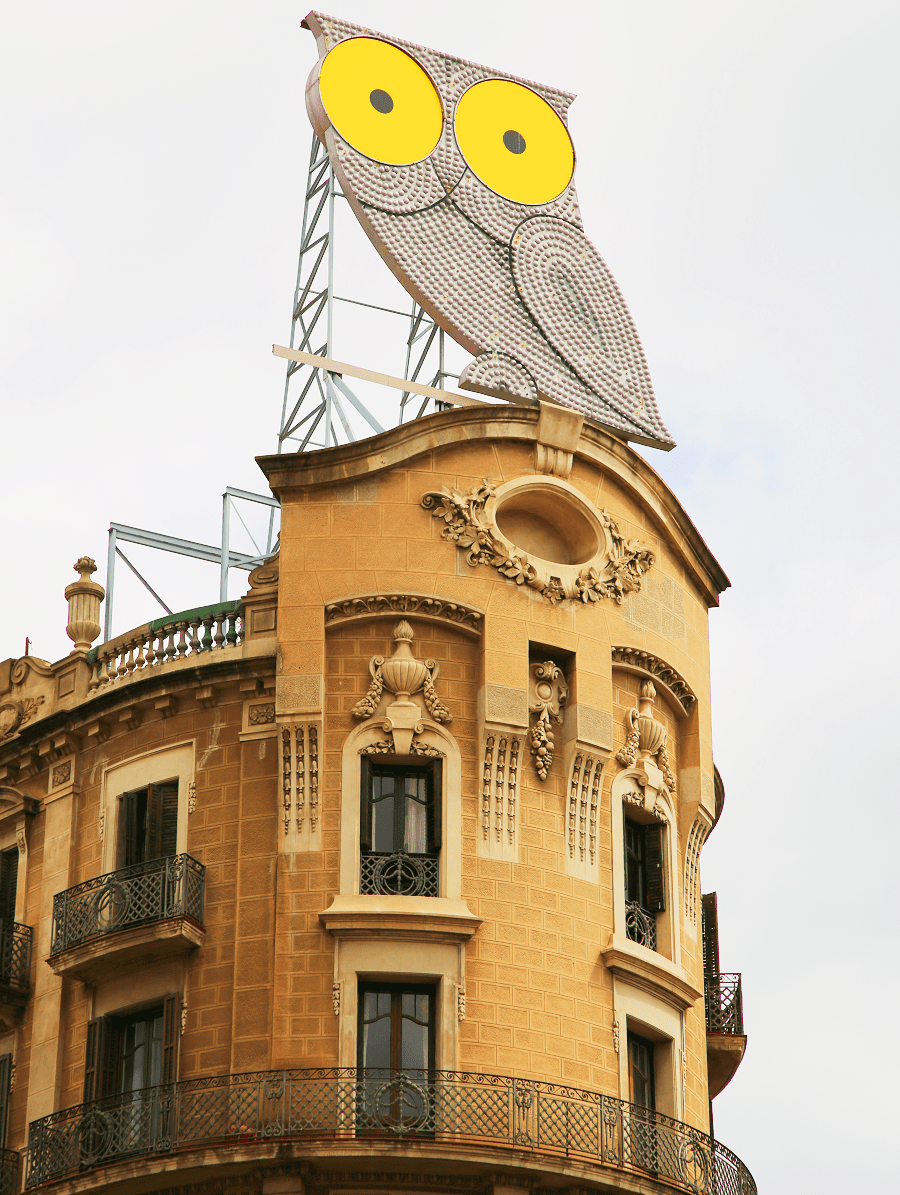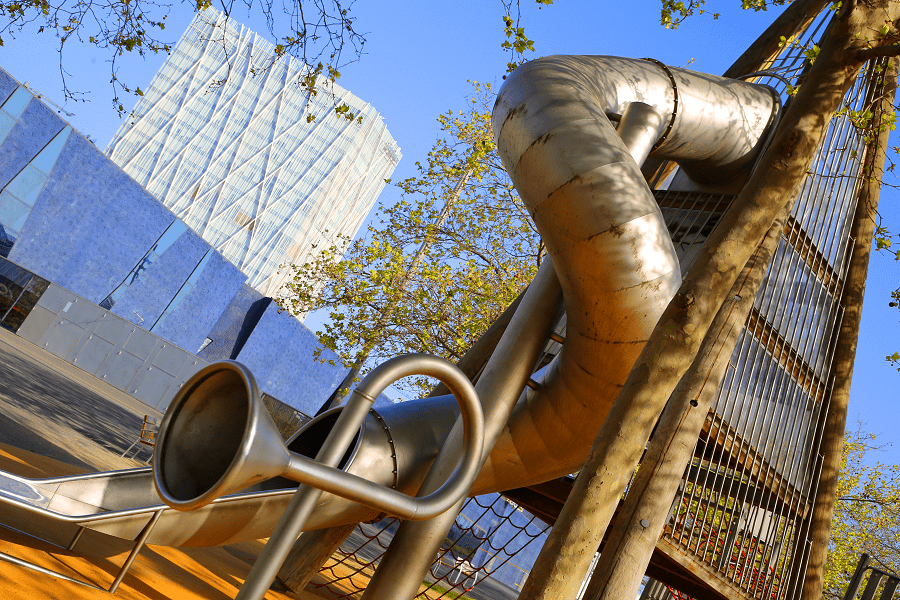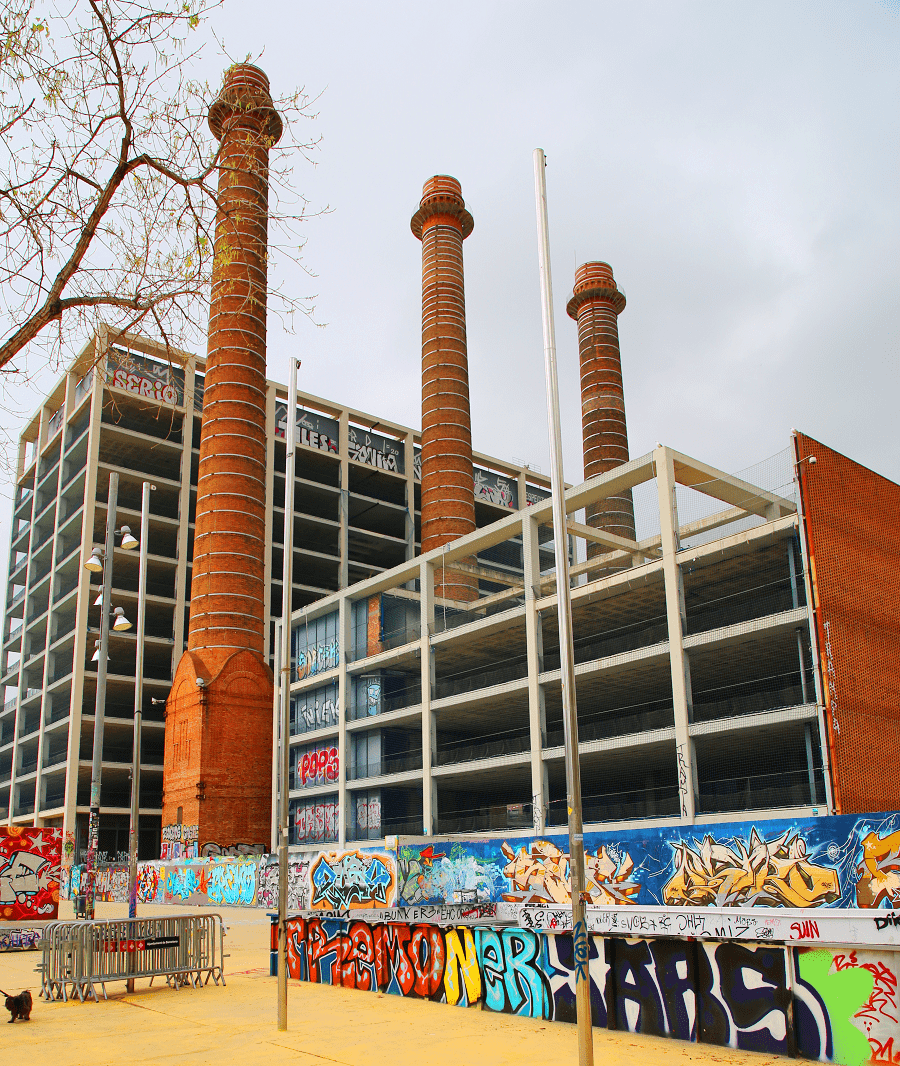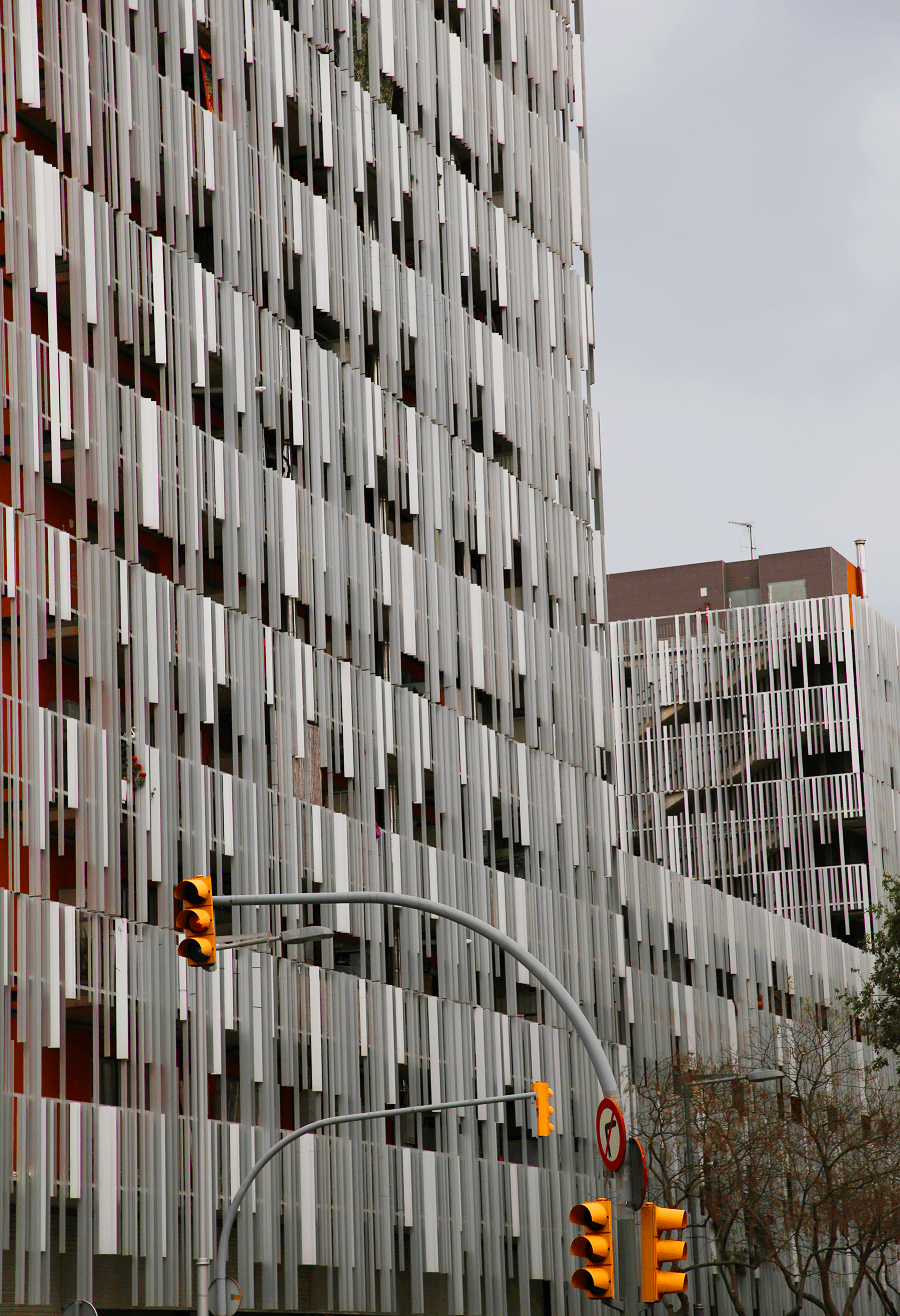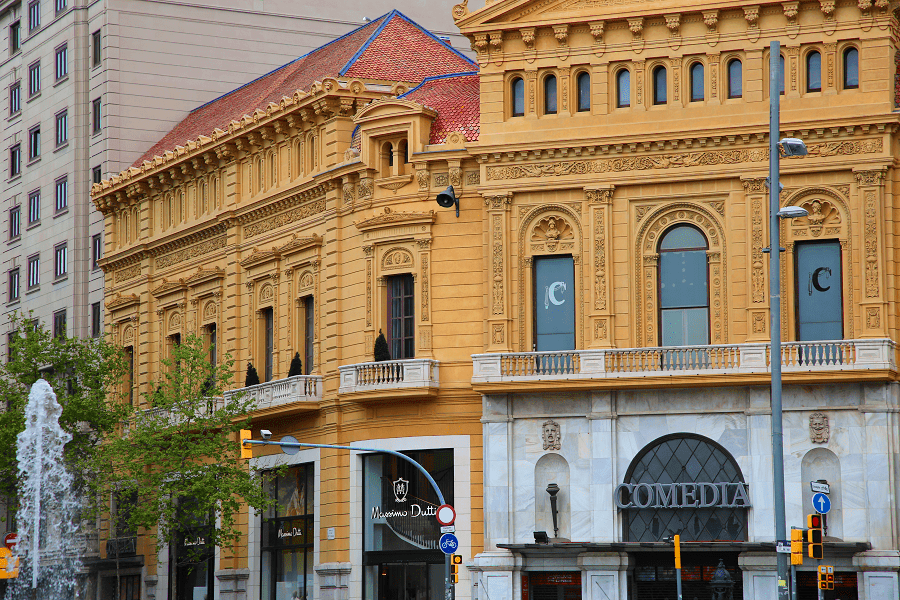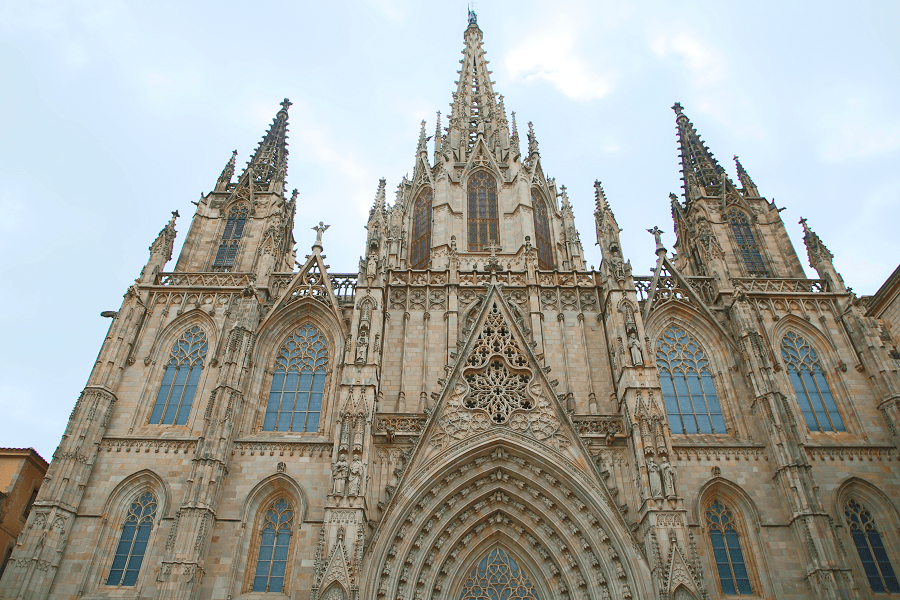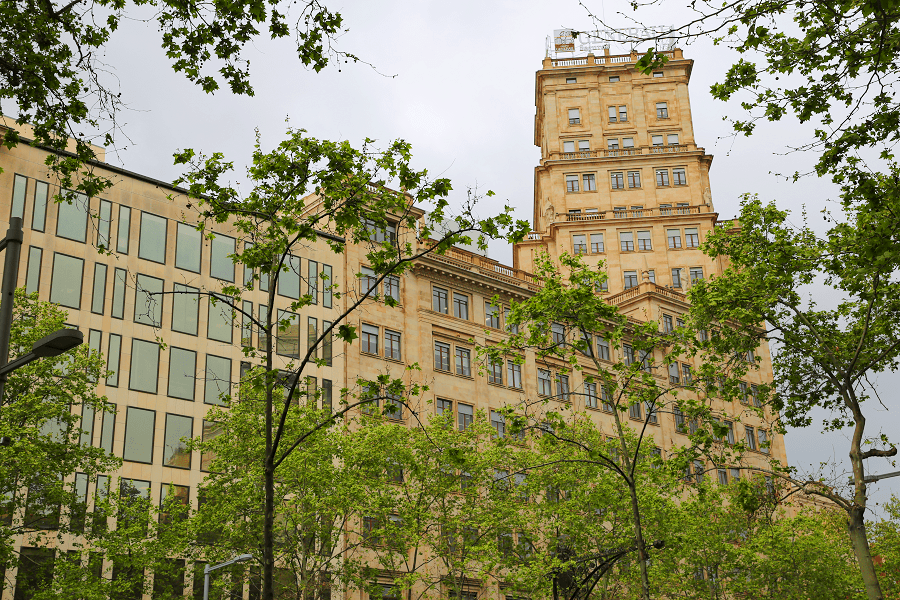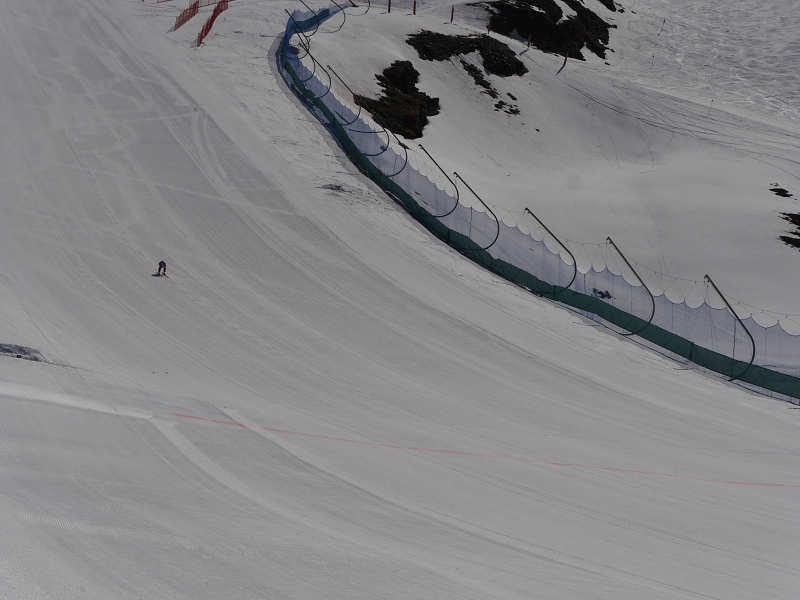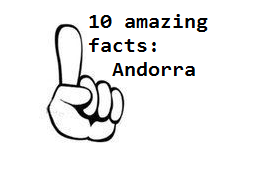Barcelona (cat. Barcelona) is a city and metropolis located on the Mediterranean coast of the Iberian Peninsula, Spain. It is the capital of Catalonia, the region of Barcelonès and the province of Barcelona, as well as the second most populous and economically important city in the Iberian Peninsula after Madrid.
History
There are two different versions of the founding of Barcelona, one of which is mythological. According to this version, the city was founded by the half-deity Hercules during his heroic expeditions.
A more realistic version says that the small village of Barcino, the site on which the city of Barcelona was formed centuries later, was founded by Hannibal’s father Hamilcar Barca in the 3rd century BC.
It is historically confirmed that in the 1st century BC on the site of the future capital of Catalonia was the small town of Laie, which was conquered by the Romans under the leadership of Lucius Cornelius Scipio in 133 BC.
Geographical location and climate
Barcelona is located in the northeast region of the Iberian Peninsula. The Pyrenees are approximately 120 km north of the city. The coastal mountains of Collserola form the boundaries of the city. The highest point is Mount Tibidabo. Its height is 512 m; it towers above the Colserola TV tower (Torre de Collserola) with a height of 288 m, visible from afar. The highest point in the city is the 12 m tall hill of Mant Taber (cat. Mont Taber), on which the Barcelona Cathedral is located.
This municipality grows on a plain between the Litoral mountain range, the Mediterranean Sea, the Besos River and Montjuïc mountain. The city is home to the headquarters of the most important institutions of self-government of the Generalitat of Catalonia: the Parliament of Catalonia, the President and the Government of the Generalitat.
Due to the fact that it was the capital of the county of Barcelona, it is often referred to as the city of Barcelona. In addition, since it has been the most important city in the Principality of Catalonia since the Middle Ages, it often receives the nickname or title of chapter and house.
The climate of Barcelona is typically Mediterranean; however, there are many nuances that distinguish it from the neighboring Catalan seaside cities.
Administrative and political division
Barcelona is the most populous city in Catalonia and eleventh in the European Union, the second non-state capital after Hamburg. It is the main urban core of the metropolitan region of Barcelona with a population of 4,774,561 and the metropolitan area of Barcelona, united by 36 municipalities, with a population of 3,225,058 inhabitants.
In a 2005 study by the United Nations Department of Social and Economic Affairs, Barcelona was ranked 51st with the largest population in the world.
Barcelona grew by the annexation of neighboring municipalities, which are now city districts.
Barcelona is divided into ten districts (73 quarters).
Economy
Barcelona has long been an industrial city, one of the first in Spain to industrialize in the 19th century. Businesses have now moved to the outskirts, making it possible to transform old industrial areas into residential areas to create high value-added products and services.
The most representative industries in Barcelona are the textile, chemical, pharmaceutical, automotive, electronics, medical and printing industries. In the service sector, Barcelona stands out for its logistics, publishing and IT activities.
At the same time, the economy of Barcelona has moved from an industrial base to a tertiary one in one century, with a special and progressive development of tourism since the last decade of the twentieth century.
In recent years, the growth in the number of visitors has accelerated, which is in line with the increase in the number of visitors to the rest of Catalonia: from 5.65 million tourists in 2005 (25.24 million in Catalonia) to 8.30 million in 2015 (30.22 million in Catalonia).
Education
According to the Department of Statistics of Catalonia, on average, Barcelona has a total of 424,000 students at one time, distributed as follows: about 57,000 students in early childhood education, about 77,000 students in primary school, about 2,000 students in special education, about 100,500 students in high school and about 187,000 students in university. More …
Tourism
According to the European Brands Barometer, the Barcelona brand is in third place after Munich, and after Paris and London (tied for second). It is ranked fourth for the best business cities and hotels, fifth in the organization of congresses, first in passenger cruises and sixth in rental prices.
Some of the slogans the city has used to promote itself are “Barcelona is getting beautiful,” “Long live Barcelona” and “Barcelona is bigger than ever.”
Barcelona is the fifth most visited European city and seventeenth in the world, according to the latest Mastercard survey.
In terms of the European destinations where tourists spend the most money, Barcelona is in sixth place with an average daily spending of €195.
In 2019, Catalonia welcomed almost 21 million travelers. The portion that visited Barcelona was approximately 8.5 million people (41% of total Catalonia visitors).
The main source of tourism to Barcelona is foreign visitors. In 2019, foreign tourism accounted for 83% of the total, leaving the national tourist at only 17%.
What to see in Barcelona? TOP
Barcelona theaters and entertainment
Barcelona FC and sport infrastructure
Transport infrastructure
Barcelona allows you to quickly move around the city thanks to two roundabouts: Ronda de Dalt (next to the mountains) and Ronda del Litoral (next to the coast).
These are partially underground and have several exits in different parts of the city.
The city’s main arteries are Avinguda Diagonal (which, as the name suggests, crosses the city diagonally), Avinguda Meridiana (which starts at Parc de la Ciutadella and connects with Diagonal) and Gran Via de les Corts Catalanes (which crosses the city from north to south through the center).
In terms of motorways and dual carriageways, the AP-7 starts in Almeria and runs through Alicante, Valencia and Barcelona to Perpignan.
The motorway northeast starts in Madrid and runs through Zaragoza and Barcelona to the French border. Finally, the AP-2 runs parallel to the A2 between Zaragoza and Barcelona. AP7 and AP-2 have tolls. More…
Distance from Barcelona to the main cities of Spain
From Madrid 6 hr 23 min (626 km) via AP-2 and A-2
From Pamplona 4 hr 54 min (484 km) via AP-2
From Santiago de Compostela 11 hr 5 min (1,088 km) via AP-2
From Oviedo 8 hr 54 min (889 km) via A-8 and AP-68
From Santander 7 hr 6 min (707 km) via AP-68 and AP-2
From Vitoria-Gasteiz 5 hr 46 min (566 km) via AP-68 and AP-2
From Zaragoza 3 hr 22 min (311 km) via AP-2
From Logroño 4 hr 48 min (476 km) via AP-68 and AP-2
From Valladolid 7 hr 20 min (728 km) via AP-68 and AP-2
From Toledo 7 hr (689 km) via AP-2 and A-2
From Valencia 3 hr 46 min (348 km) via AP-7
From Mérida 9 hr 19 min (958 km) via A-5 and A-2
From Murcia 5 hr 53 min (584 km) via AP-7
From Seville 9 hr 57 min (993 km) via A-4 and AP-7
Main information
Area: 101.3 sq. km
GPS coordinates: 41 ° 22 ′ 57 ″ N, 2 ° 10 ′ 37 ″ E
Language: Spanish, Catalan
Currency: Euro
Visa: Schengen
Time: Central European UTC +1, in summer +2
Phone code: 93
See here Catalan travel guide



